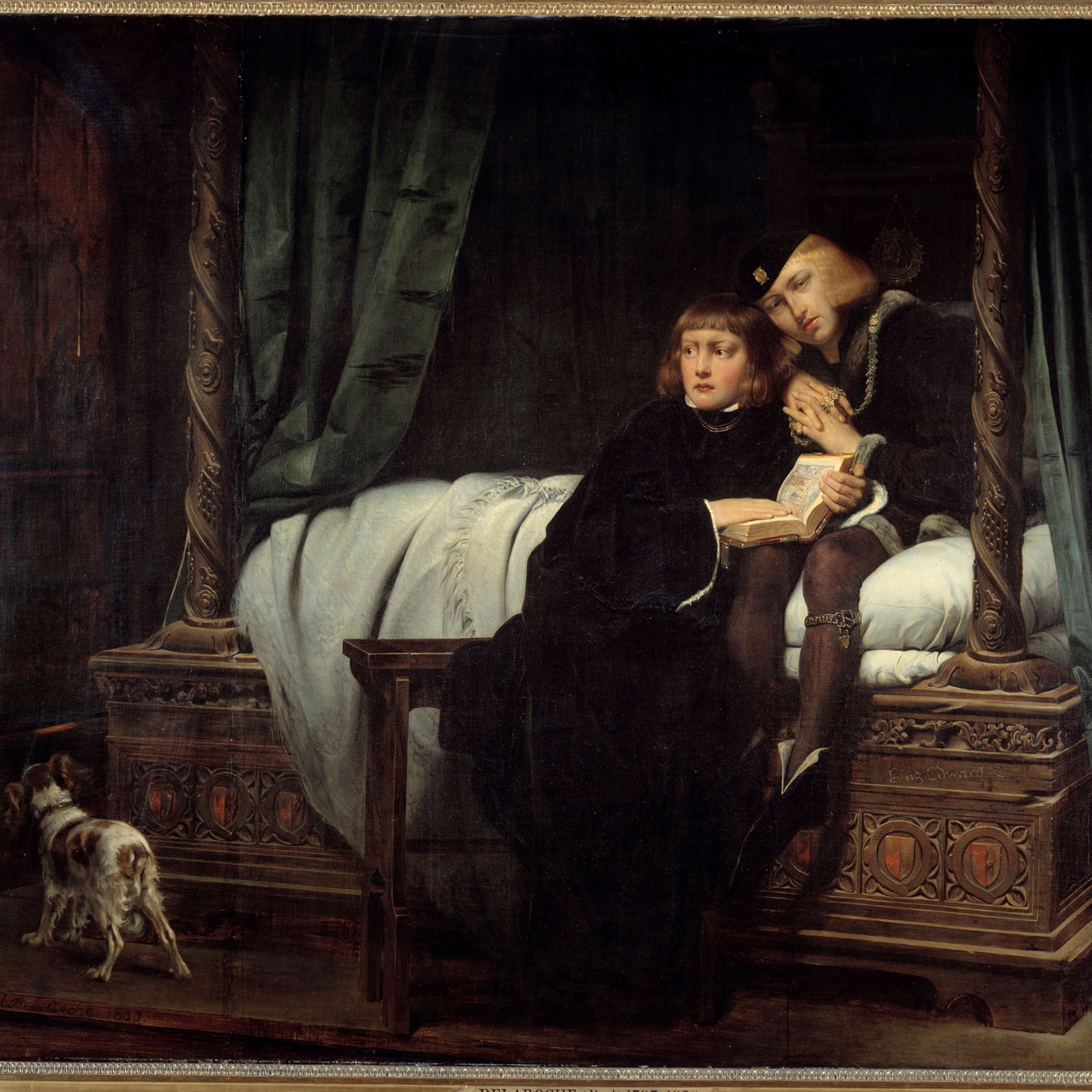
They’re defending their land—and paying with their lives
Since a 2016 peace deal, nearly 1,300 Colombians living in former guerrilla territories have been killed resisting mining, logging, and drugs.
Luis Manuel Salamanca balanced on the tailgate of a rickety covered pickup truck, clinging onto the roof rack as it careened down the winding backroads of the Andes. It was dawn on May 22, 2018, and the Nudo de Almaguer—a fertile knot of dome-shaped mountains in southwestern Colombia known in English as the Colombian Massif—was beginning to stir.
As the fog lifted, a woman milking a bloated brown cow came into sight in a clearing. Red-and-white buses crammed with schoolchildren fought for passage with horse-drawn carts and cargo mules on narrow roads. More than 650 feet below, the Magdalena River rushed through a steep, emerald gorge fed by waterfalls tumbling down from every direction.
We were heading toward Quinchana—a village of some 90 families hidden in the misty, verdant hills of Huila Department, a region known for coffee growing and oil exploration and home to the headwaters of several major rivers. Quinchana is also the trailhead to a small community called La Gaitana and an archaeological site of pre-Columbian artifacts—imposing megalithic stone deities and tombs that date to the first through eighth centuries. They were rediscovered in 1942, helping put this region on the map.

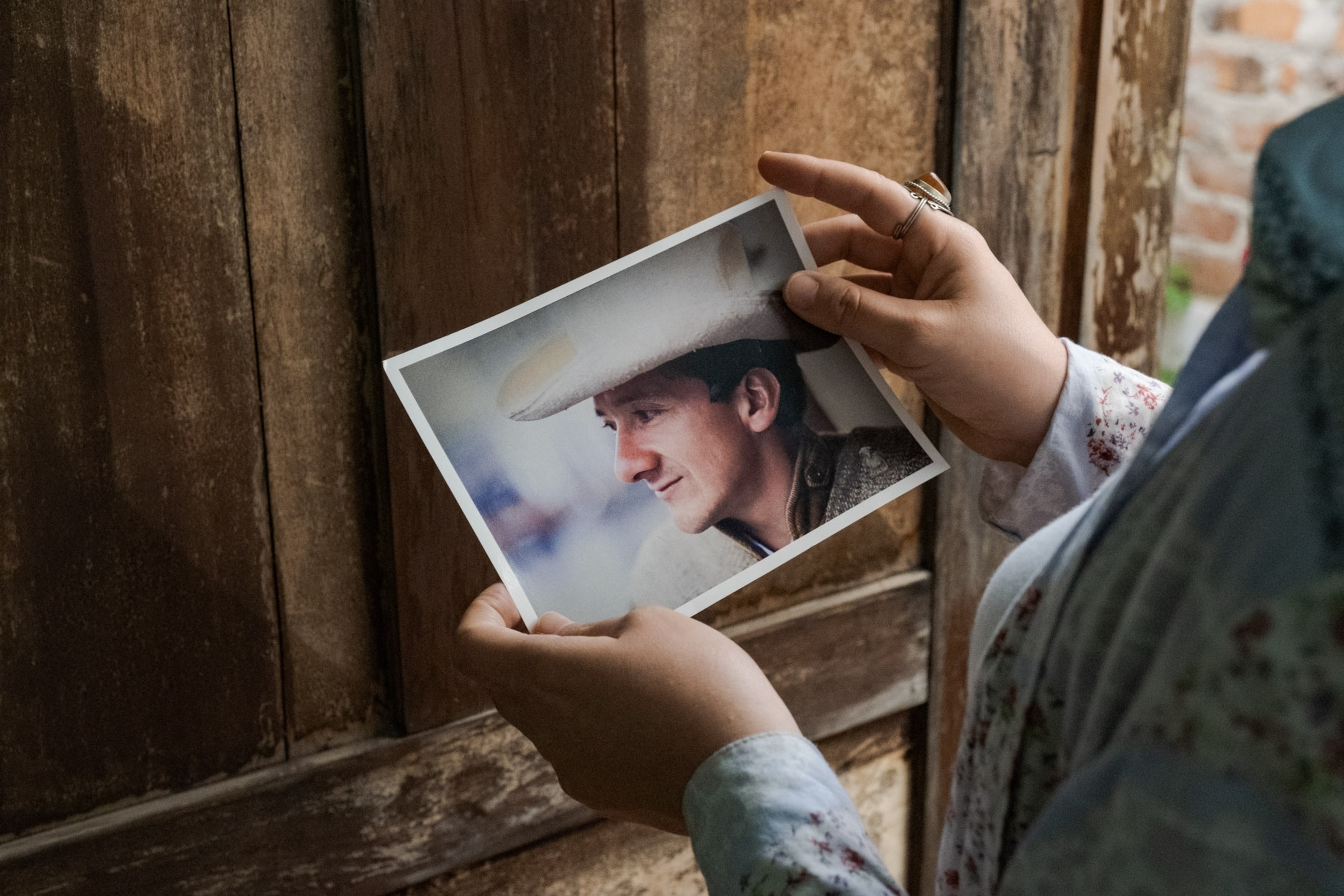
Salamanca had dedicated his career to studying and preserving this history. The 64-year-old was one of Colombia’s most renowned anthropologists. Soft-spoken and selective with his words, he had a gentle face, round with a ball-shaped nose, a countenance that exuded the comfort of a fuzzy sweater.
I’d come to see Salamanca during a fraught moment of transition for Colombia, a country that had suffered half a century of violent armed conflict. I was following the course of the Magdalena River—the central, storied waterway that runs for nearly a thousand miles through the heart of the South American nation—and spending time with people working to support a fragile peace along its banks. Mid-2018 was a time of relative calm. It wouldn’t last.
“Better to go before it rains,” Salamanca told me, gazing at clouds in the crevasses of the valley as he gripped the cold metal bars of our truck at every bump in the pavement. The shared camioneta was overflowing with passengers by the time we whistled it down, and Salamanca and I were left to hang on to the outside. “Better to go before it rains,” he repeated quietly to himself.
The most famous artifacts in the massif are the extraordinary megalithic statues at a UNESCO World Heritage park of well-manicured lawns and gravel trails in nearby San Agustín, the municipal capital. The park boasts large, upright stone slabs carved into humanlike renderings of lizards and monkeys that preside over spectacular views of the surrounding hills.
Strolling the orderly trails of San Agustín is like visiting a zoo of stones. La Gaitana, in contrast, Salamanca told me, would be like encountering pre-Columbian relics in the wild. The site is hidden away on a mountainside, the trail obscured by decades of overgrowth dating to when Quinchana was off-limits, a gateway to a drug-trafficking corridor controlled by guerrillas.
For more than half a century, the Marxist-inspired Revolutionary Armed Forces of Colombia, known as the FARC, were at war with the Colombian state. The conflict drew in other leftist militias, right-wing paramilitary groups, drug cartels, and the U.S. military, rendering huge swaths of jungle and other remote areas unsafe for visitors and locals alike. Almost 270,000 people died in the conflict, 81,000 disappeared, and 7.4 million were displaced from their homes.
A peace deal signed in 2016 was supposed to change everything. FARC soldiers agreed to lay down their weapons, and the government pledged to welcome them back into society. Crucially, the state promised to establish or improve public services in rural areas once controlled by guerrillas. There was hope that former conflict zones would reopen to visitors, creating more opportunities for the people who live there.
But the lure of commercial rewards from untapped resources has come at a high price. Gold miners, cattle ranchers, and narco traffickers have moved in, and locals who dare to defend their land and culture from development have become targets. According to the Institute for Development and Peace Studies, a Bogotá-based nonprofit known as INDEPAZ, 1,297 Colombian “social leaders”—many of them Indigenous and Afro-Colombian land defenders and environmentalists—have been murdered since the 2016 peace agreement. Armed groups vying for control of the resource-rich territory have been implicated, but less than 10 percent of investigations result in sentences.
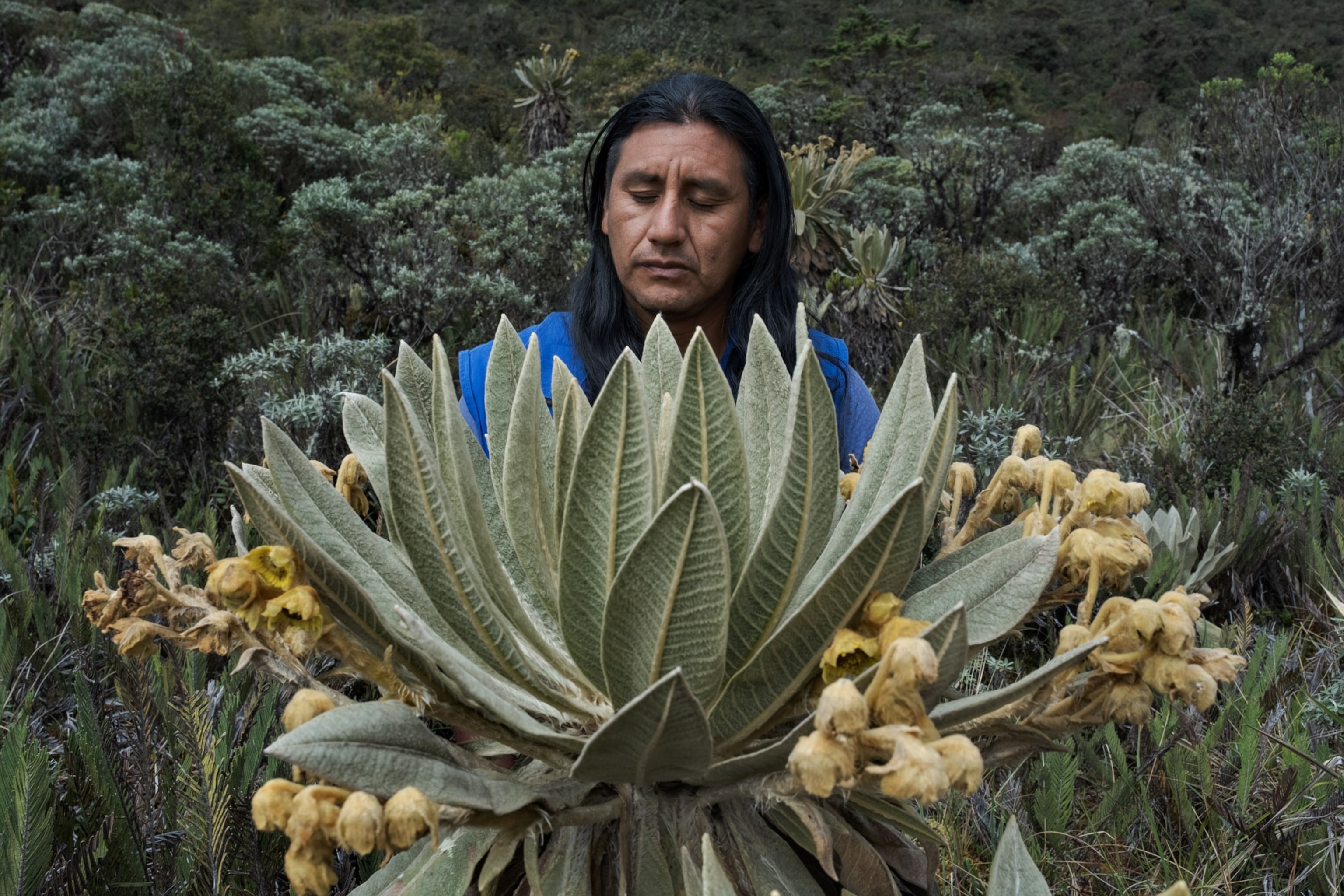
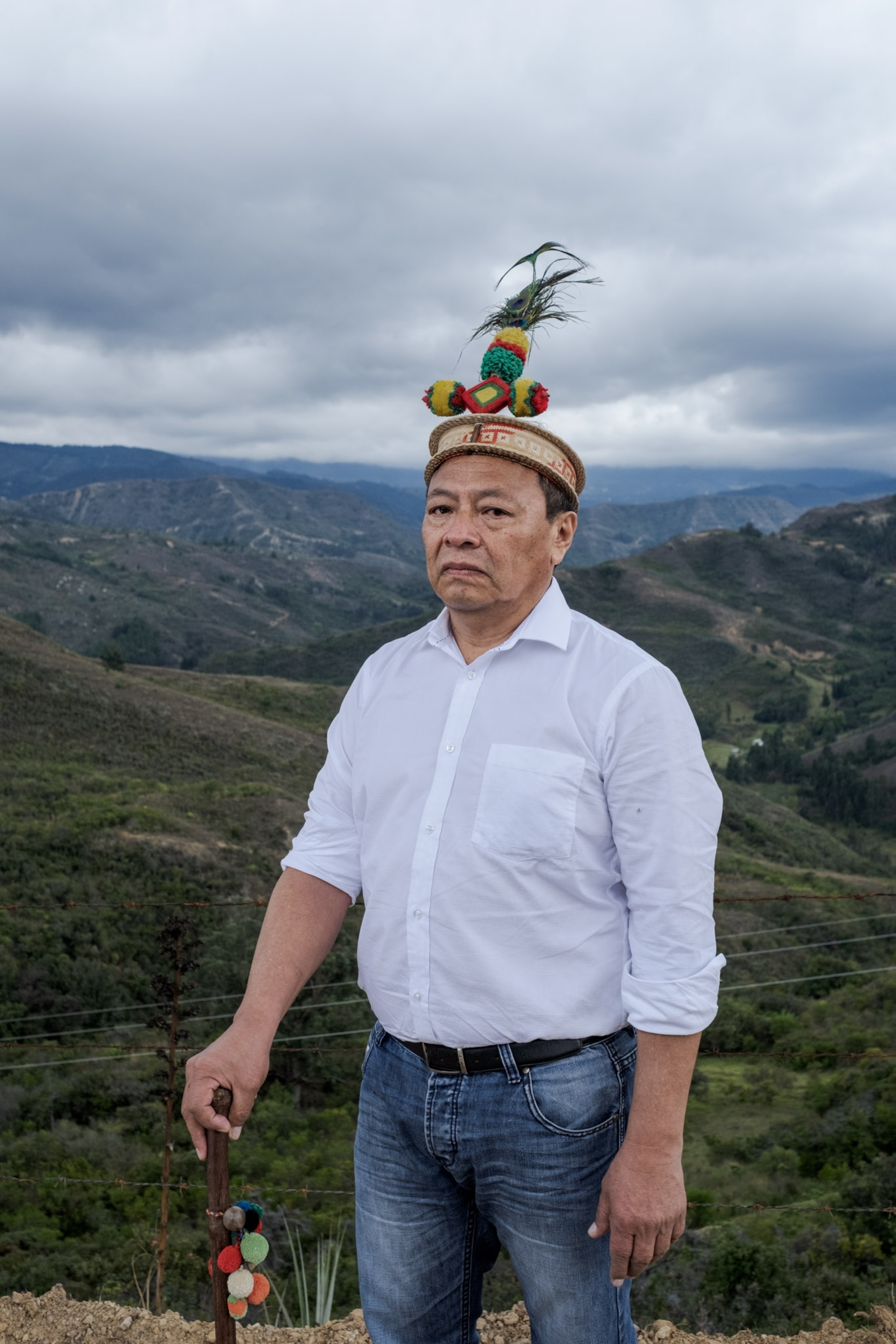
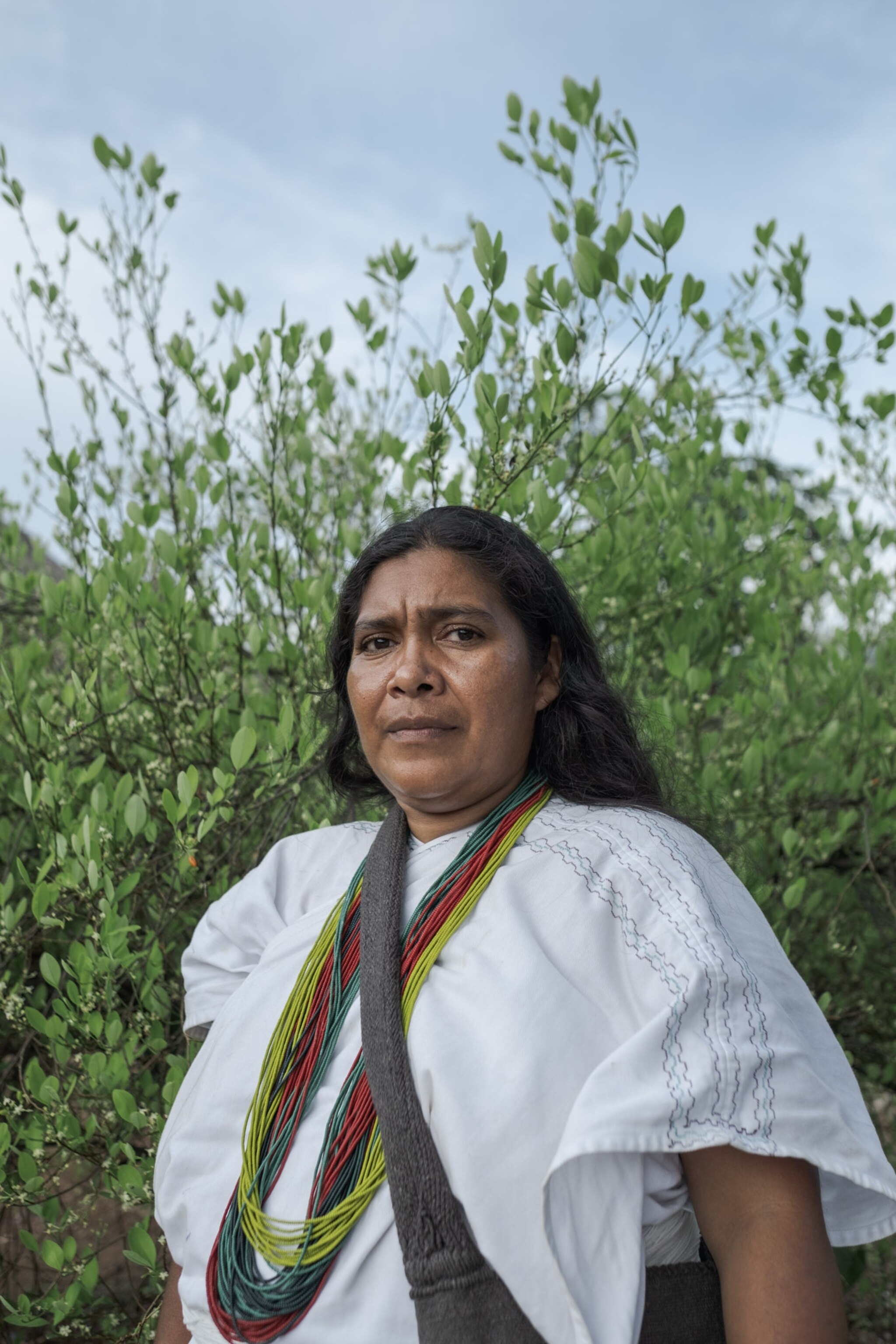
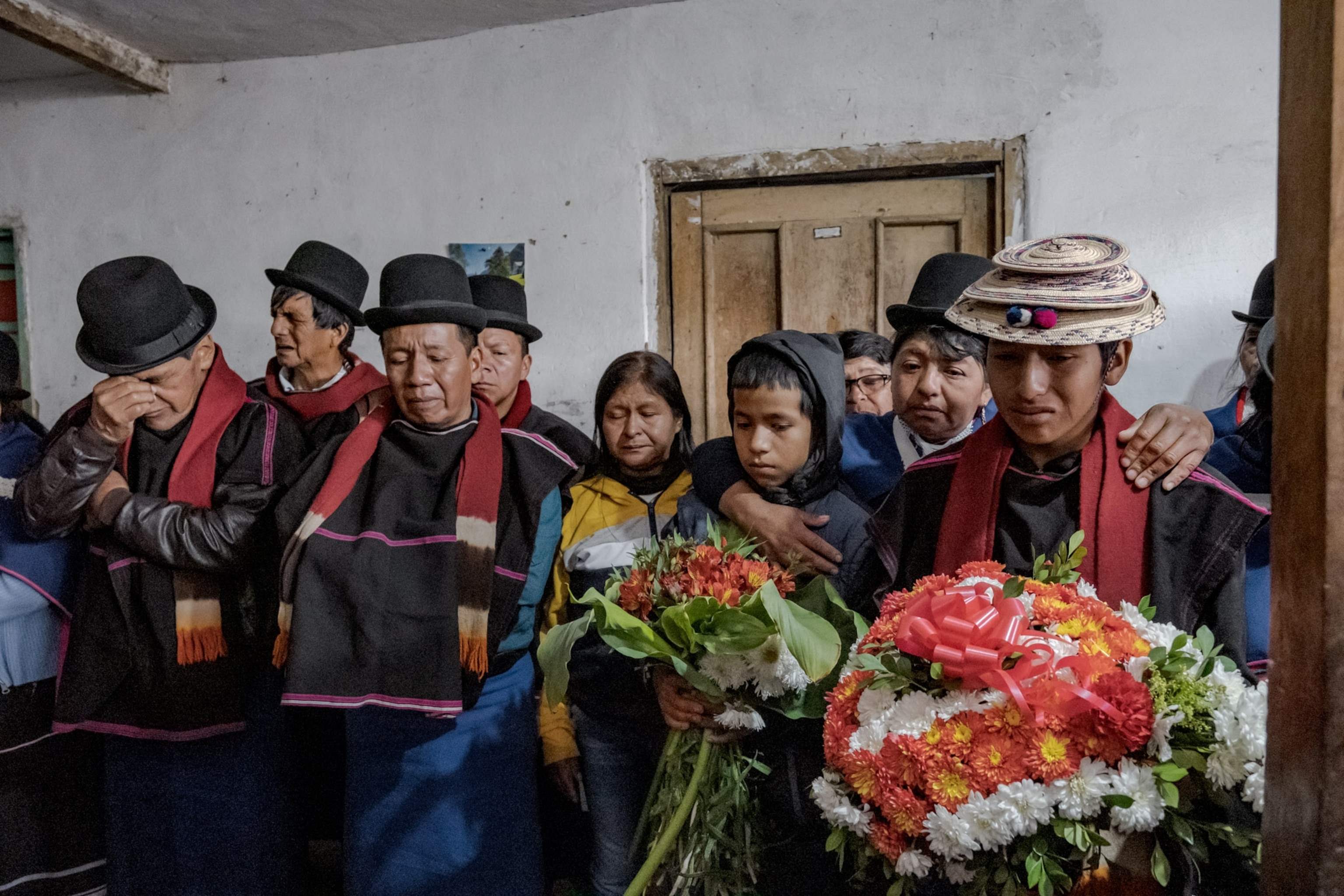
“The way in which these killings of leaders are being carried out, the kinds of leaders being targeted, the places where it’s happening, it’s systematic,” Leonardo González of INDEPAZ told me. Systematic and frequent: Colombia was the world’s deadliest country for environmental activists in 2020 for the second year in a row, according to Global Witness, an environmental and human rights investigative organization based in London. Almost a year to the day after I met Salamanca, the anthropologist became one of those grim casualties. On the night of May 11, 2019, he was shot and left for dead in front of his door.
The day I spent with Salamanca, our camioneta ride ended at Quinchana’s town strip; from there our journey would be on foot. We clambered down in front of a modest family home that doubled as a general store. A colorful, quirky array of provisions was for sale in the living room: Teddy bears and coloring books shared shelves with rubbing alcohol, canned lentils, and feminine-hygiene products.
The morning was quiet, but my heart was racing. Not too long before, these FARC-controlled towns were no-go zones for the uninvited. Foreigners and Colombians, especially wealthy ones, were kidnapped for ransom. Loggers and developers avoided rebel-controlled jungles. Places like Quinchana—strategically located near mountain passes long frequented by salt, leather, and sugar traders in the preindustrial era—became drug- and weapon-smuggling corridors that financed the guerrillas.
“The guerrillas controlled everyone’s movements. They decided who to allow in and who to keep out,” Salamanca recalled.
The liberation of large tracts of Colombian territory from the FARC has been a boon for science and tourism. Colombia is the second most biodiverse country in the world, home to a kaleidoscope of ecosystems, landscapes, and species. It boasts huge expanses of coral reefs, grassland llanos, and buzzing rainforests. In the steaming-hot central valleys, rivers and wetlands are home to caimans, vulnerable manatees, and critically endangered freshwater turtles. On the Pacific coast, thousands of humpback whales make annual migrations to Colombia’s nutrient-rich waters, and slender waterfalls pour from volcanic outcrops onto black-sand beaches. Here, Afro-Colombian and Indigenous Emberá and Wounaan people know their way through labyrinths of mangroves and mountains, and are preserving traditions rooted in generations of ancestors.
Biologists have explored new corners of the country, discovering unknown species and protecting endangered ones. Annual international tourist arrivals rose by more than one million people from 2016 through 2019.
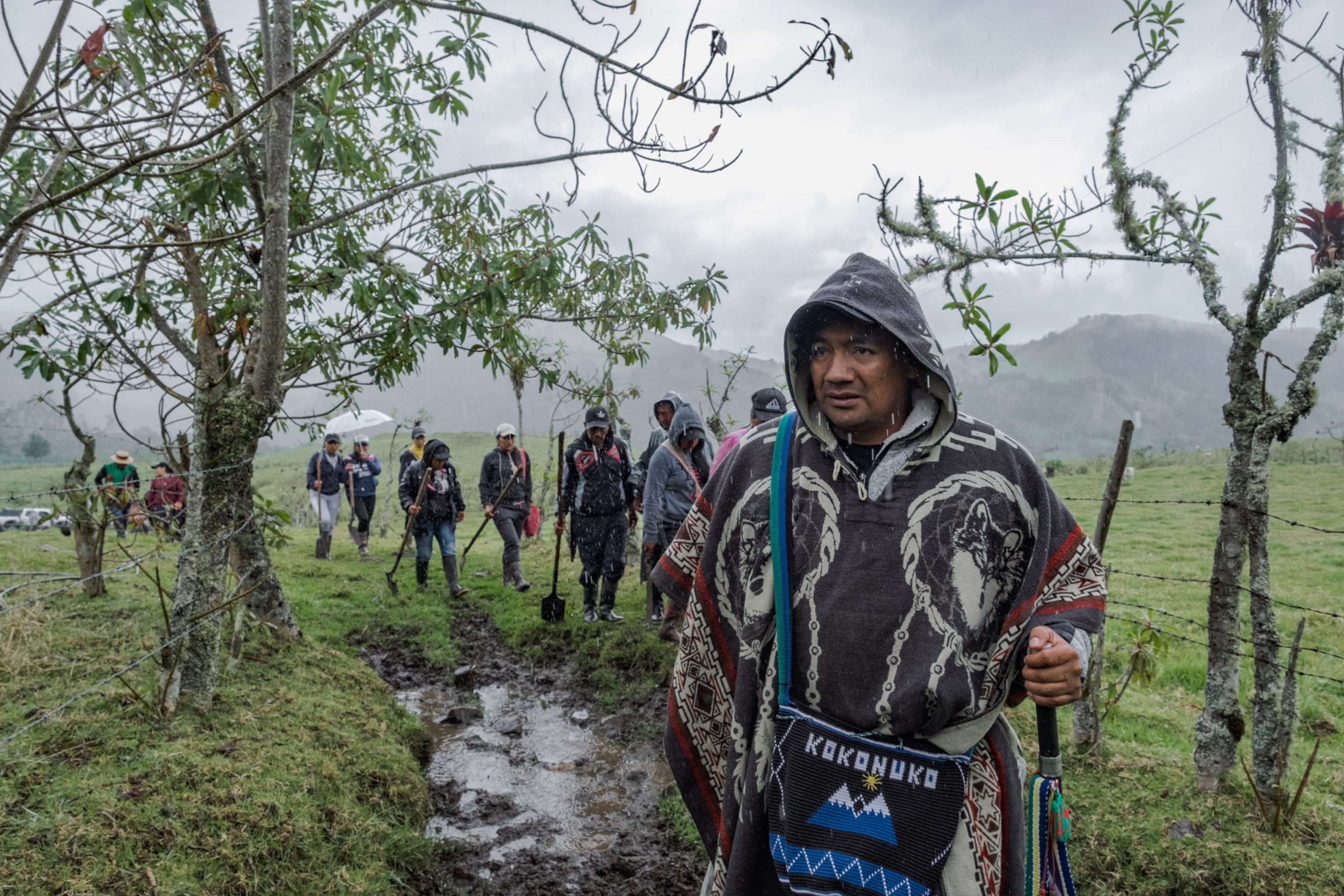
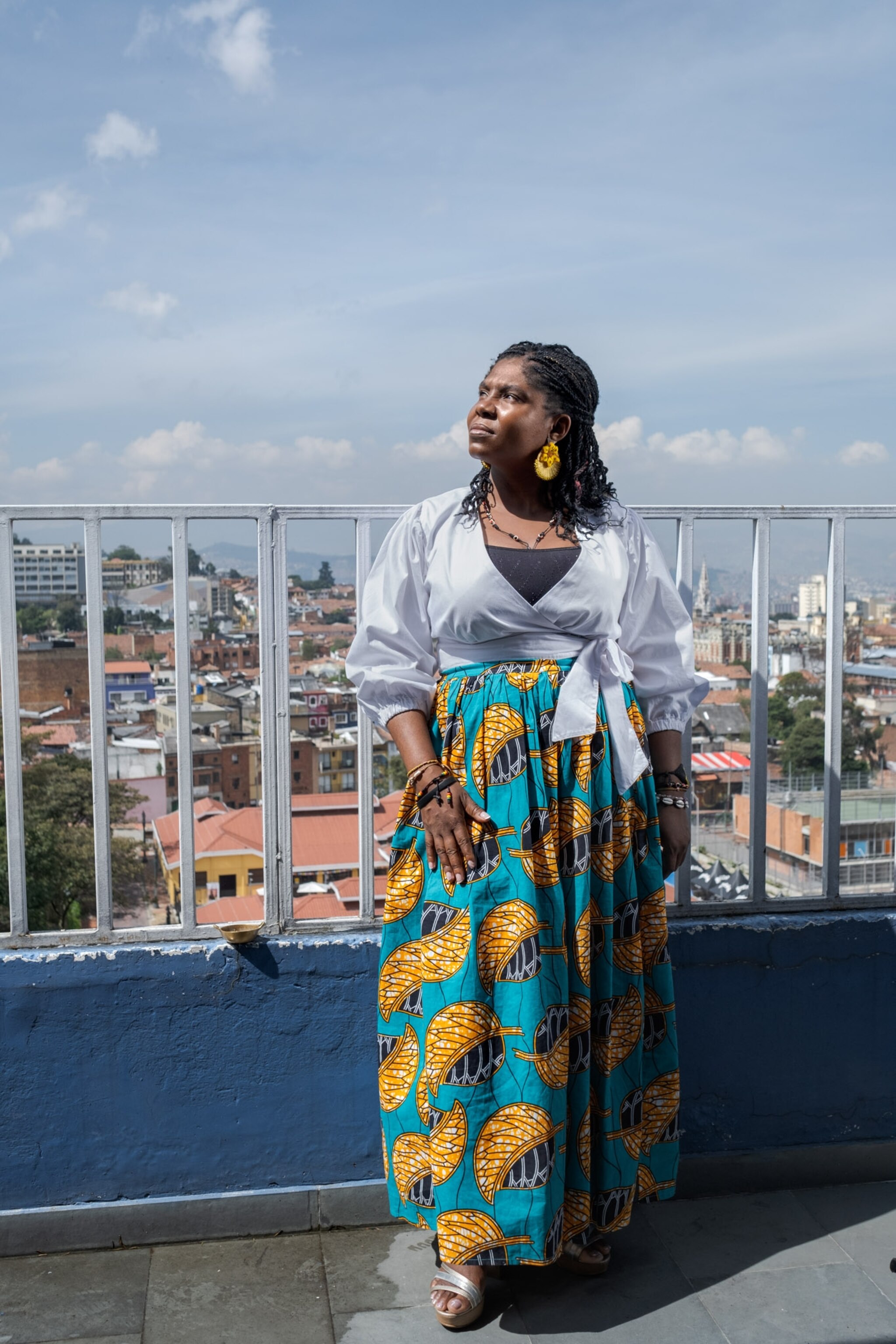
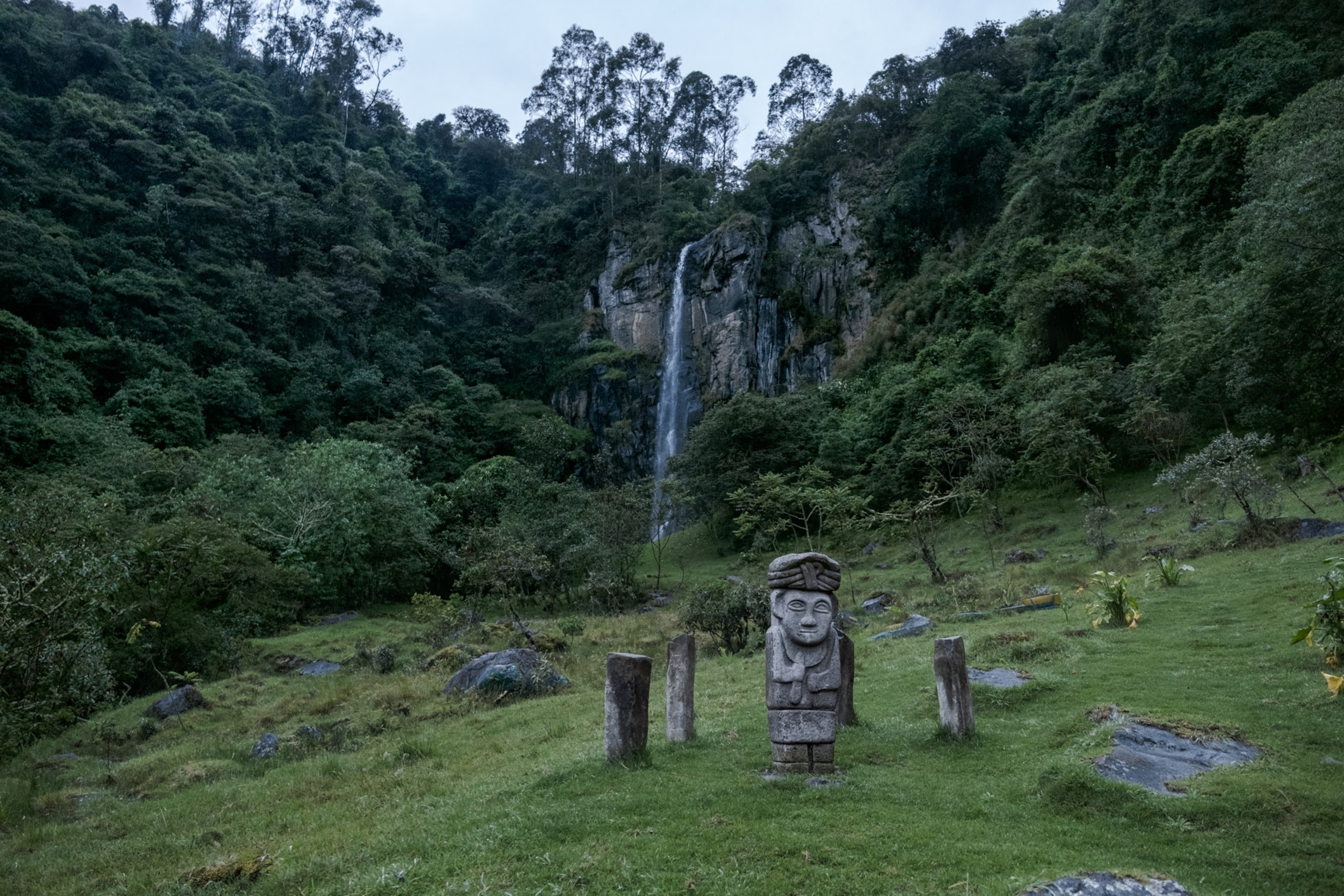
At the same time, the free-for-all passage of loggers, ranchers, and gold miners has fueled deforestation, and cultivation of coca—the key ingredient for cocaine—reached an all-time high in 2018, according to the UN Office on Drugs and Crime. Large development projects—such as Los Besotes dam in the Sierra Nevada de Santa Marta mountains and fracking explorations along the Magdalena River—threaten to flood land, contaminate water, and displace communities and species that depend on both.
Authorities have failed to rein in those who put profits over protection of resources. There’s evidence of widespread corruption among regional authorities who’ve turned a blind eye to deforestation, mining, and wildlife trafficking that benefit elites. Politicians at the highest levels, including the ruling Centro Democrático party, have been linked to violent paramilitary groups that are implicated in many killings. The paras, as they’re known, arose in the 1970s and ’80s when wealthy landowners, drug traffickers, and corporate interests funded private armies to eliminate leftists.
The failure of the state to establish a strong presence in former conflict zones has allowed criminal groups to flourish, fighting over natural resources, smuggling corridors, and ports where they can move illicit goods.
Activists are fighting back—and paying with their lives.
Those targeted include Indigenous leaders, teachers, scientists, conservationists, farmers trying to replace coca with legal crops, feminists, and advocates for the 2016 peace accord. In November 2019, Carlos Aldairo Arenas Salinas, 44, a bearded trekking guide passionate about Andean condors and their bleak highland páramo habitat, was murdered for opposing logging of a forest in Tolima Department. Juana Perea Plata was the 50-year-old owner of an ecolodge, who mobilized opposition to an industrial port near her home in Chocó Department on the Pacific coast. She was murdered in October 2020 by the Clan del Golfo, a notorious drug cartel formed by paras. A year later, cartel member Néstor Leonel Lozano Muriel was sentenced to nearly 18 years for her murder. Forty-seven-year-old Carlos Fredy Londoño Bautista, a teacher and union leader who was preserving local traditions in Meta Department on the edge of the Amazon rainforest, was killed in front of his students in August 2021.
Not even children have been spared. In January 2022, Breiner David Cucuñame, a 14-year-old from the Nasa community in Cauca Department, was murdered by dissident guerrillas while on patrol with the Guardia Indígena, a nonviolent civilian defense movement that was founded two decades ago to protect Indigenous land. A year earlier, Francisco Vera, an 11-year-old environmentalist from Cundinamarca Department, known for campaigning on social media against fracking and mining, received death threats and was assigned a government bodyguard.
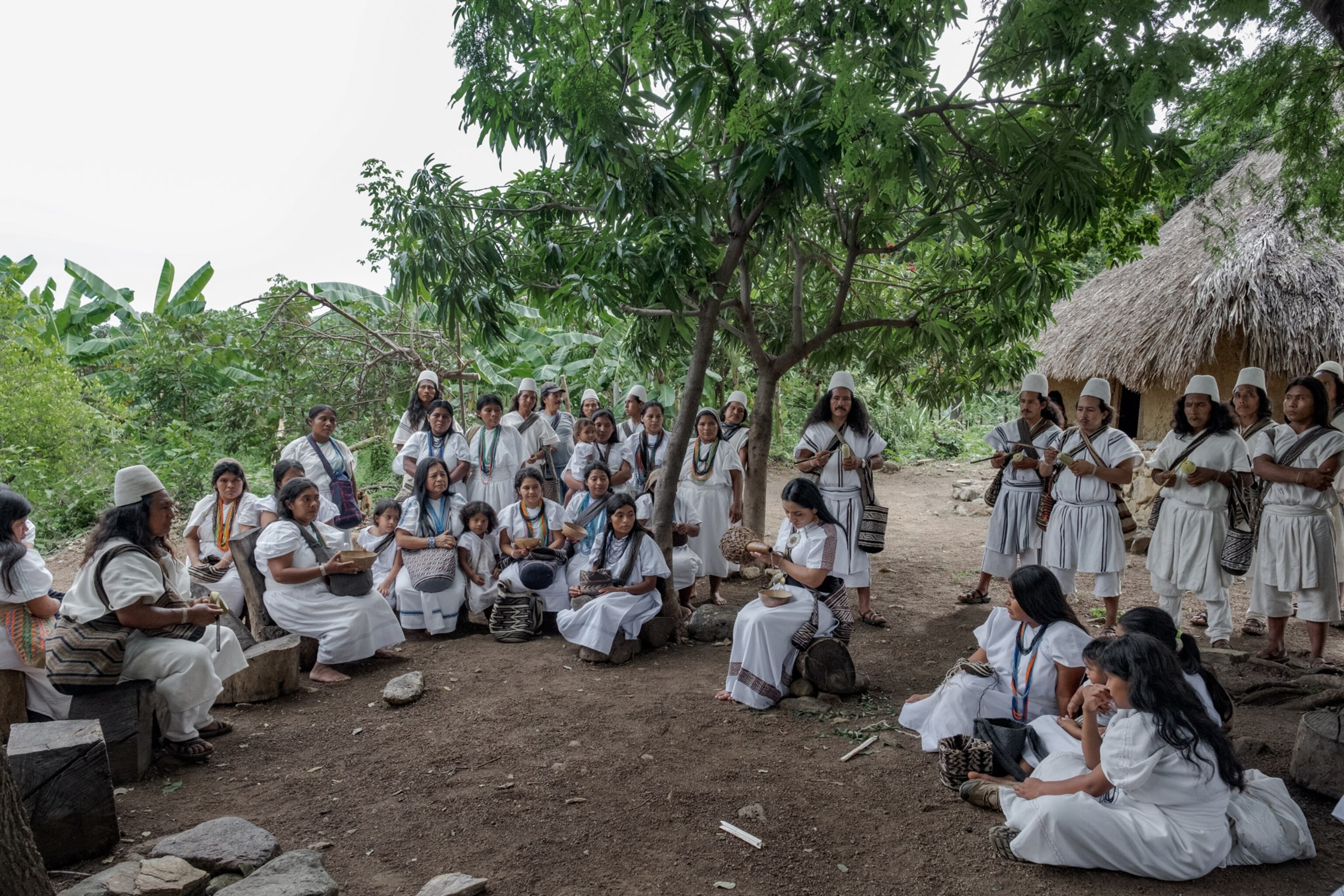
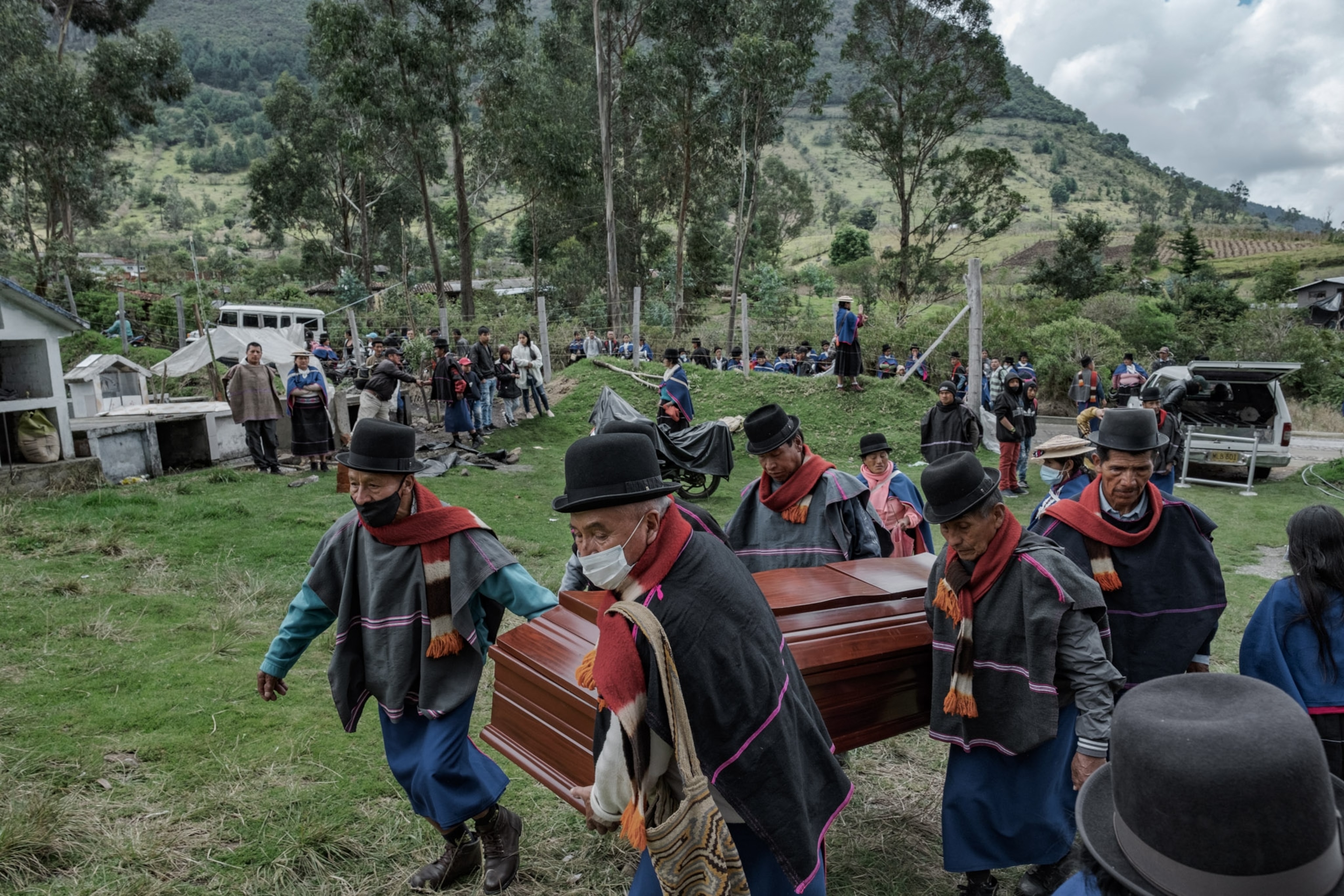
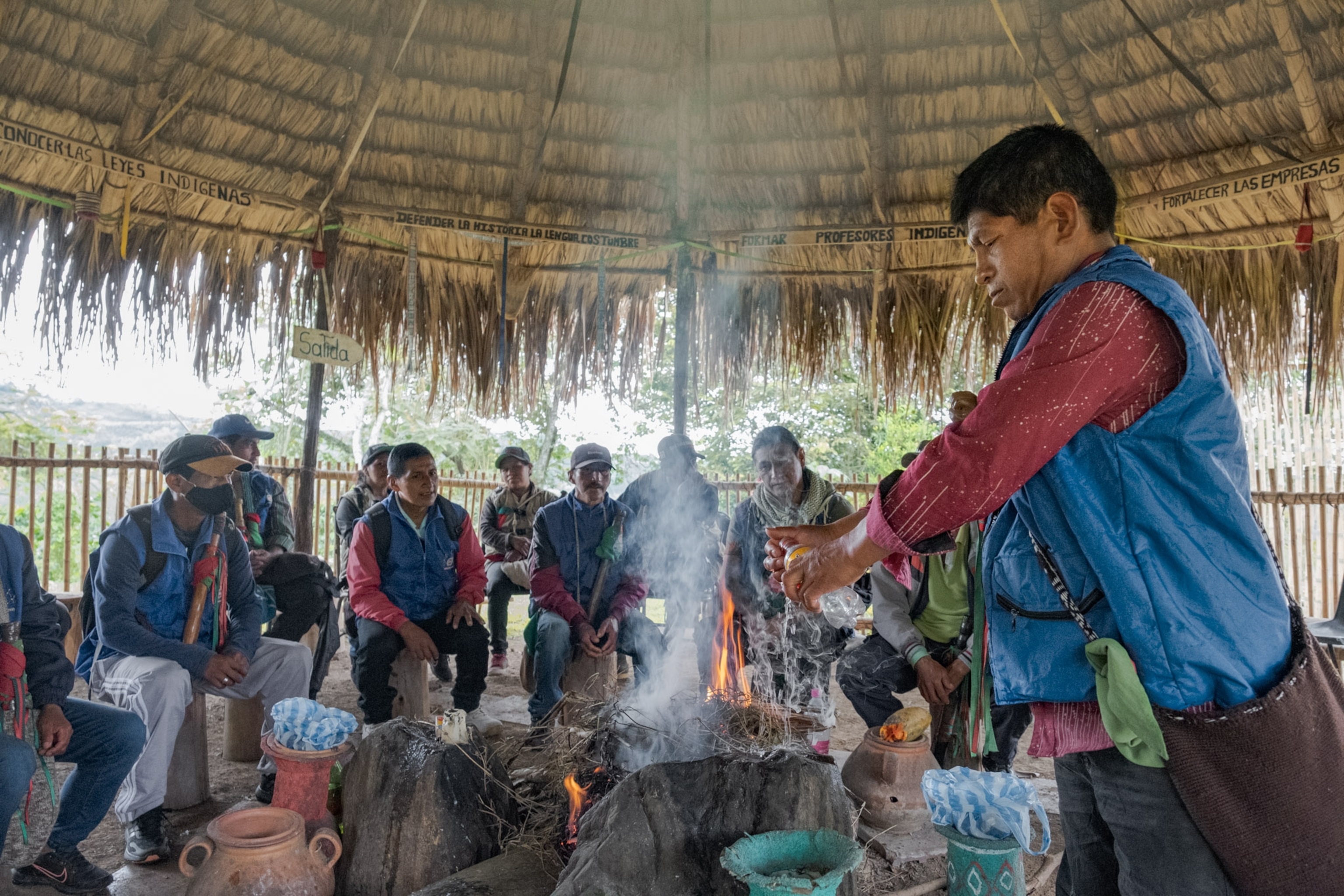
Activists say the government should do more than send bodyguards. They want investment in education and social programs to create alternatives in remote areas to drug trafficking and exploiting natural resources. They also want the government to ratify the Escazú Agreement, the first environmental treaty signed by 24 countries across Latin America and the Caribbean and the first binding agreement anywhere that commits signatories to protect environmental activists.
A July 2021 Colombian law did criminalize environmental offenses, including the promotion and financing of wildlife trafficking and deforestation. But enforcement depends on rooting out elite corruption.
In a November 2021 report on deforestation, researchers with the International Crisis Group cited senior Colombian law enforcement officials as saying that “politicians involved in activities such as cattle ranching have bribed officers or manipulated judicial investigations. Prominent figures have evaded punishment even in cases where authorities have identified them as financiers of illegal land clearing. Information about the government’s work on specific cases has been leaked to armed groups, which then attempt to bribe or threaten the relevant officials.”
A rare exception was in 2019 when a governor, two mayors, and a local landowner were collectively fined more than a million dollars for clearing an unauthorized 85-mile road through unspoiled Amazon rainforest in Guaviare Department. The scheme resulted in 57,000 acres of deforestation and displaced small farmers for cattle ranches and illegal palm oil plantations. Prominent senators’ families also have been implicated in other land grabs and kickbacks for ranching schemes.
Some conservative politicians have sought to discredit activists as Marxists and have minimized the dangers they face, perhaps emboldening attackers. In the days before and after the November 2020 murders of two rural teachers unionists, ruling party senators accused the national teachers union of “indoctrinating” children. In a 2017 television interview, Luis Carlos Villegas, then defense minister, claimed the “immense majority” of killings since the peace accords were not to silence activists but were rather disputes over property, women, and illicit profits.
You May Also Like
A two-hour walk uphill from Quinchana, Salamanca and I found the La Gaitana archaeological site guarded by a pair of four-foot-high monkey statues with wide faces, round ears, and mouths bearing tall rows of teeth. The real-life monkeys—along with tapirs, spectacled bears, jaguars, and pumas—had been driven away long before to more remote mountain redoubts less disturbed by humans. Here, vestiges of their presence were immortalized in stone.
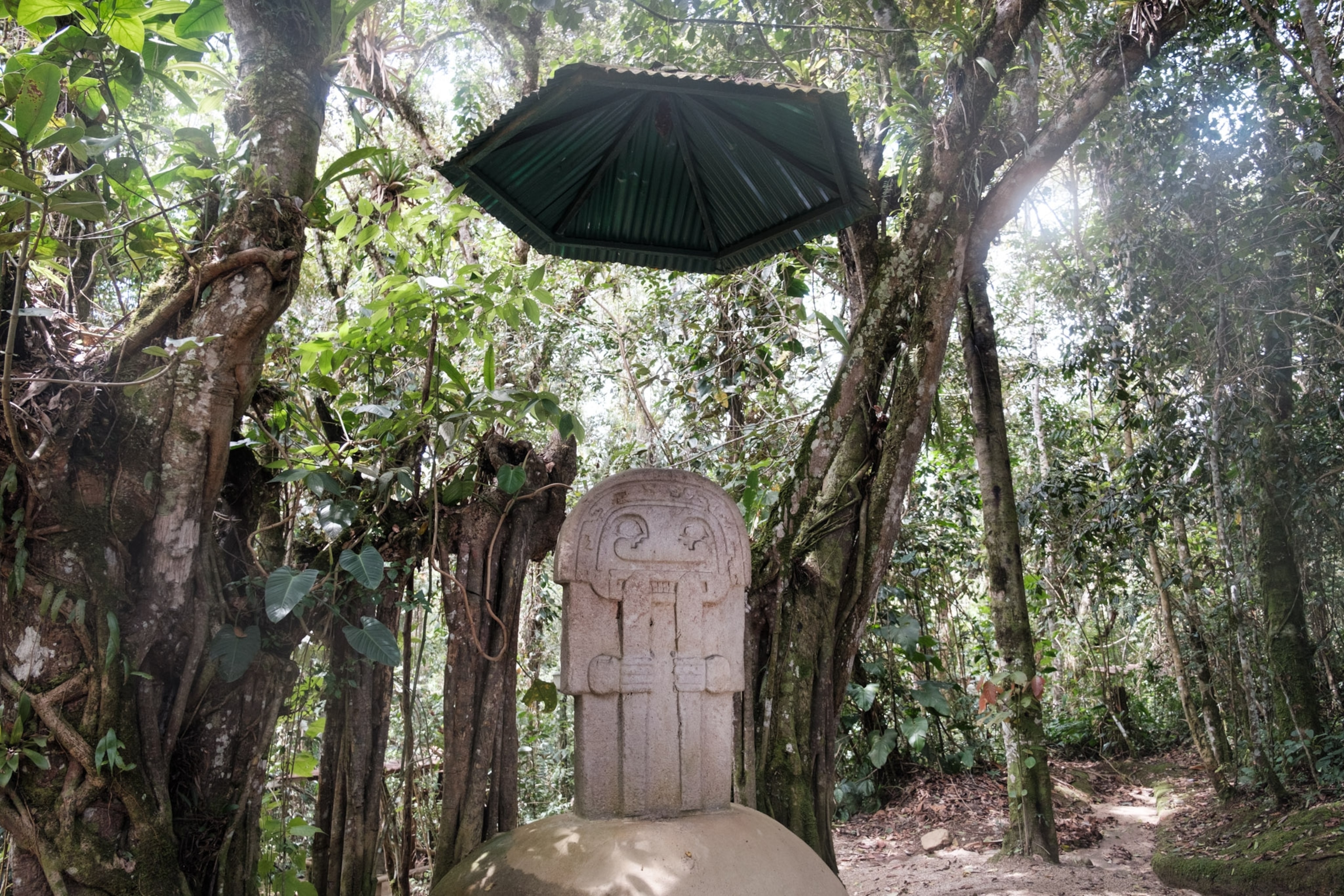
Salamanca led me to a clearing of grassy, knee-high mounds. “An ancient cemetery for children,” he said quietly, pointing to gravestones of dark boulders overgrown with moss. Despite his age, Salamanca never seemed to stop moving; when he wasn’t studying an archaeological site, he rode a slender silver bicycle in the hills. He was stepping out for an evening walk in San Agustín when he was killed.
News of Salamanca’s assassination made national headlines. La Nación, a leading newspaper, hailed him as “The Most Illustrious of the Agustinianos,” praising his contributions to scientific and cultural understanding. “We were absolutely shocked,” his daughter Dalila told me.
The exact motive behind Salamanca’s murder is unknown. But he’s remembered as an outspoken citizen unafraid to defend his beliefs, a trait that might have earned him enemies. He opposed construction of a nearby megadam, El Quimbo, that opened in 2015, displacing 450 families and flooding 20,000 acres of forest and farmland in Huila Department. He also opposed the Magdalena Master Plan, a proposed dam network championed by the governments of Colombia and China, Colombia’s second biggest trading partner. If completed, the dams would flood some of the farthest reaches of the Magdalena River in the massif, raising fears of catastrophic environmental and archaeological losses.
In the days after Salamanca’s death, hundreds took to the streets in San Agustín, candles in hand, demanding justice. A $2,700 reward was offered for tips, and San Agustín’s mayor promised answers. Nearly three years later, no one has been charged. This too is routine in cases involving social leaders. Authorities sometimes capture individuals who pulled the trigger, but rarely those who order or incentivize killings.
As of December 2021, the Colombian attorney general’s office reported having determined the masterminds of only 111 of the 500-plus murders of human rights defenders documented by the Office of the UN High Commissioner for Human Rights since 2016, and had convicted only 15 of those who plotted the murders. The judicial system is virtually nonexistent in rural areas formerly controlled by the FARC.
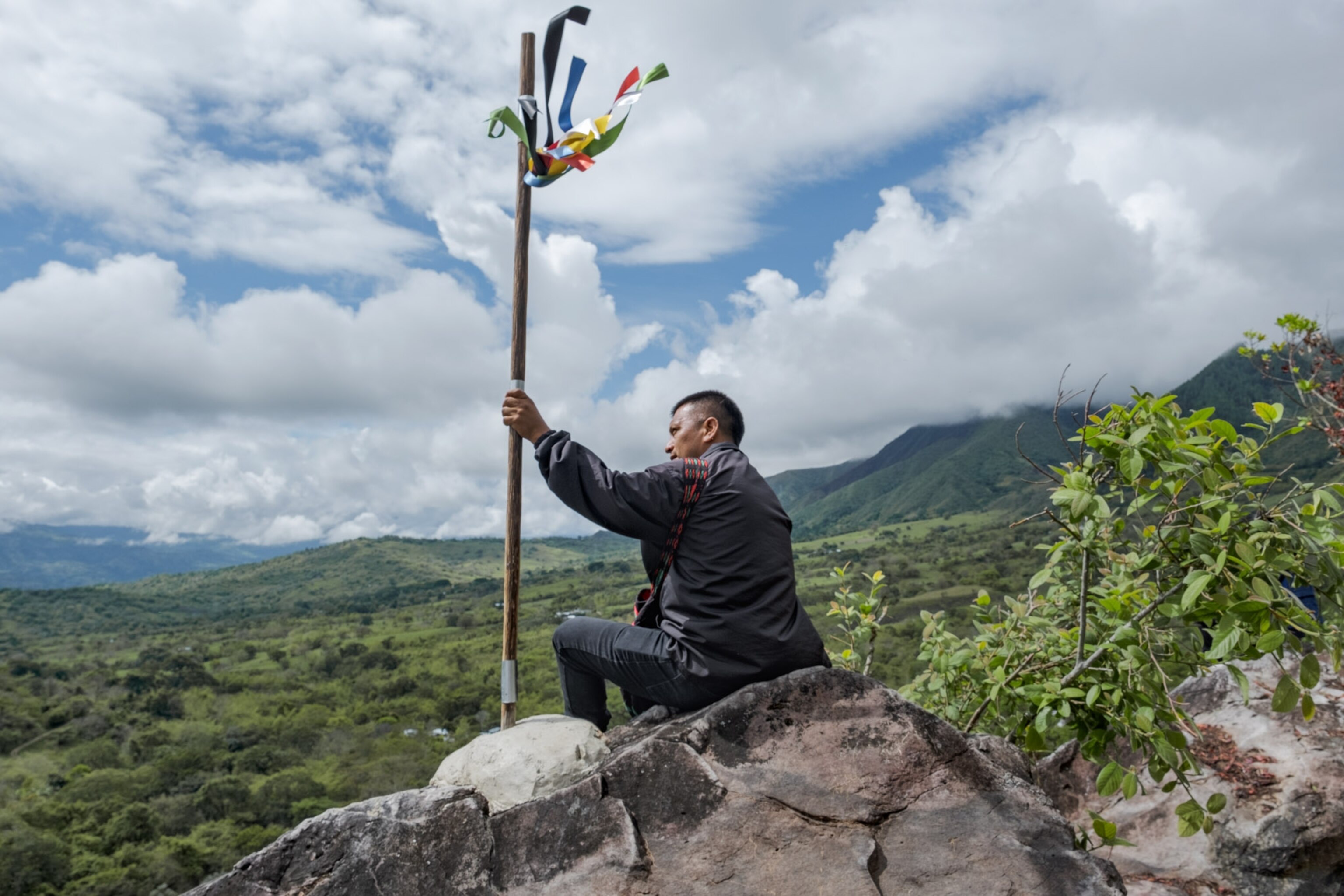
Francia Márquez Mina is one of Colombia’s most prominent activists; her work driving out illegal gold miners from Afro-Colombian communities in Cauca Department won her the prestigious Goldman Environmental Prize in 2018. She fled her hometown in 2014 after repeated death threats. On May 4, 2019, she survived an assassination attempt in Santander de Quilichao, when several men opened fire with guns and grenades, injuring three of her government bodyguards.
“Nothing is being done to actually end the killings,” Márquez lamented. “We have a state that is allowing us to be murdered.”
Still, many social leaders feel they have no choice but to continue their work despite the risks—even if it means using burner phones, changing daily routines, or moving every few weeks. “It’s up to us” to save communities under threat from exploitation, said Márquez, a long-shot candidate in Colombia’s May 2022 presidential election. “If we don’t, there will be no change.”
The May 15, 2019, march to protest Salamanca’s murder was a prelude to more.
That November, Colombia was rocked by nationwide demonstrations of discontent. In the first half of 2021, the country again erupted in rallies against tax hikes, rising poverty levels, and slow implementation of the peace deal. When riot police cracked down on protesters in cities including Cali, Pereira, and Ibagué, dozens were killed and hundreds were injured.
The plight of social leaders is a central grievance for protesters nationwide. Yet the carnage continues: INDEPAZ registered the murders of 170 social leaders in 2021. Meanwhile, Colombia’s countryside—home to immense reserves of biodiversity and vital carbon sinks found almost nowhere else on Earth—suffers at the hands of developers and criminals.
Looking down on the green hills of the massif in 2018, Salamanca and I watched a thin layer of clouds blanket the river valley, creating the illusion of smoke rising from the land. Improving livelihoods in former conflict zones while safeguarding communities and natural resources is a long-term undertaking, Salamanca told me.
“It’s like buying an abandoned farm,” he said. “You have to put a lot of money and a lot of work into it, and then wait a while, hoping someday for the results to show.”
Jordan Salama’s first book, Every Day the River Changes: Four Weeks Down the Magdalena, chronicles his journey down Colombia’s greatest waterway. Florence Goupil, a French-Peruvian photographer, focuses on the environment and on Indigenous communities in Latin America.
This story appears in the March 2022 issue of National Geographic magazine.



